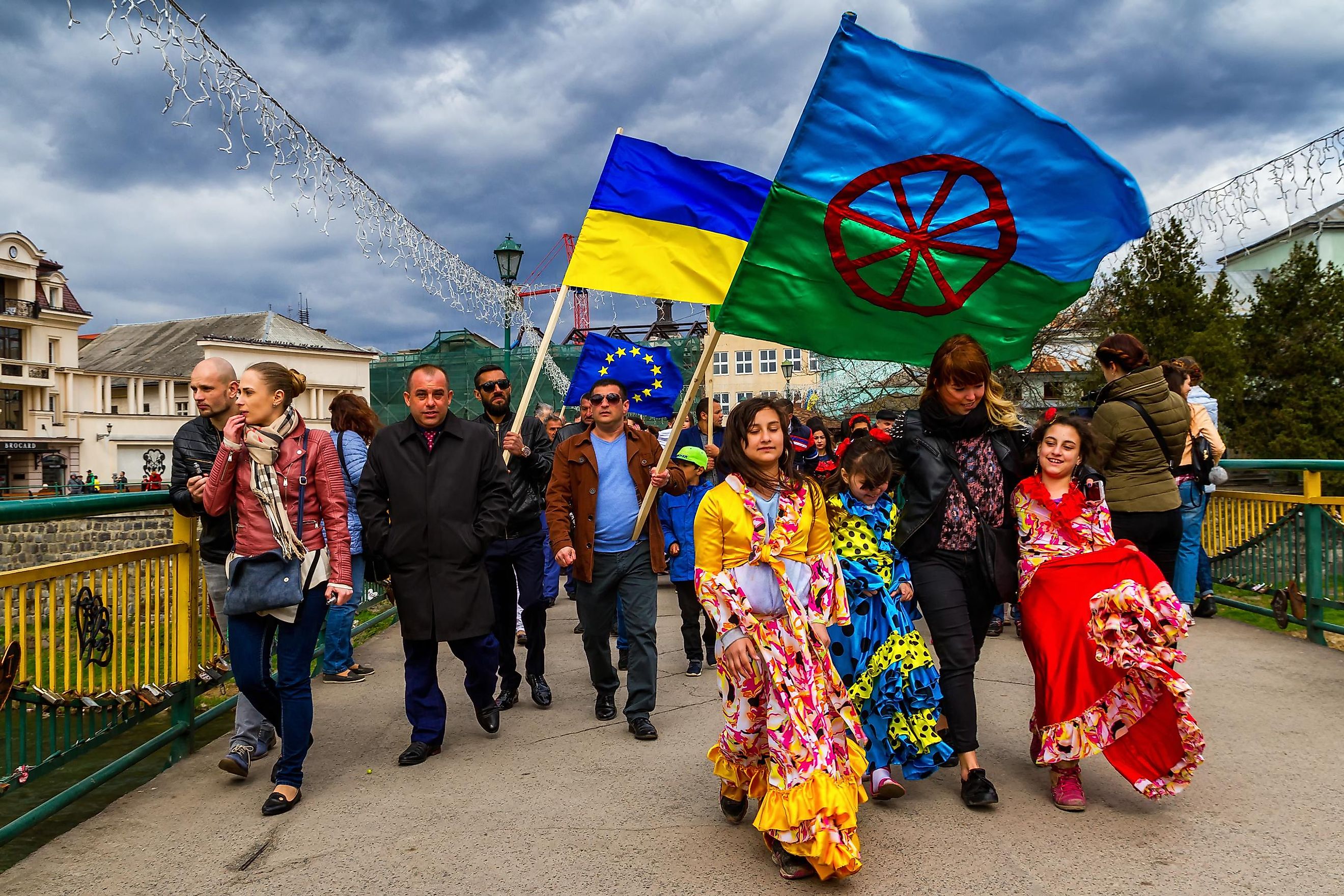
Romani People
The Roma, or the Romani, generally referred to as gypsies (despite being considered a pejorative term), are a diverse group of traditionally nomadic people originating from the region of Northern India. Currently, the Romani people are found worldwide, mainly concentrated in Europe, with an approximate population of 10 to 12 million. Small Romani populations are also found in the Middle East, the Caucasus region, and North and South Americas. It is generally believed that the Romani people were pushed out by Afghan general Mahmud of Ghazni and thus were first forced out of India into Pakistan, Afghanistan, and Iran, by the 11th century. This explains why many Roma carry both Northern Indian as well as Central Asian and/or Iranian DNA.
Migrating To Europe

By the 12th Century, the Roma people began to reach Europe, specifically Eastern European empires such as the Byzantine Empire, one of the earliest possible accounts being within the Byzantine Empire during AD 800 and accounts of people proposed to be the Romani visiting Emperor Constantine IX in the year 1054. By the early fourteenth Century, they had been enslaved in Moldavia and Wallachia (present-day Romania). Some of the earliest evidence states that Romani people may have reached Germany by the 1440s and Nothern European countries such as Scotland and Sweden in the 1600s. Some migrational groups traveled through North Africa to Iberia. A related group, referred to as the Domari, stayed in Asia and generally North Africa, while the Romani continued to remain in Europe
The Romani people were initially greeted warmly by the Europeans who first encountered them. The Romani people quickly adapted to the surrounding cultures in whichever region they visited. However, this early goodwill towards these Romani migrants soon disappeared. Many European nations started enslaving the Romani people in the Middle Ages. In 1538, Portugal began deporting Romani slaves to work in its colonies.
Arrival In America
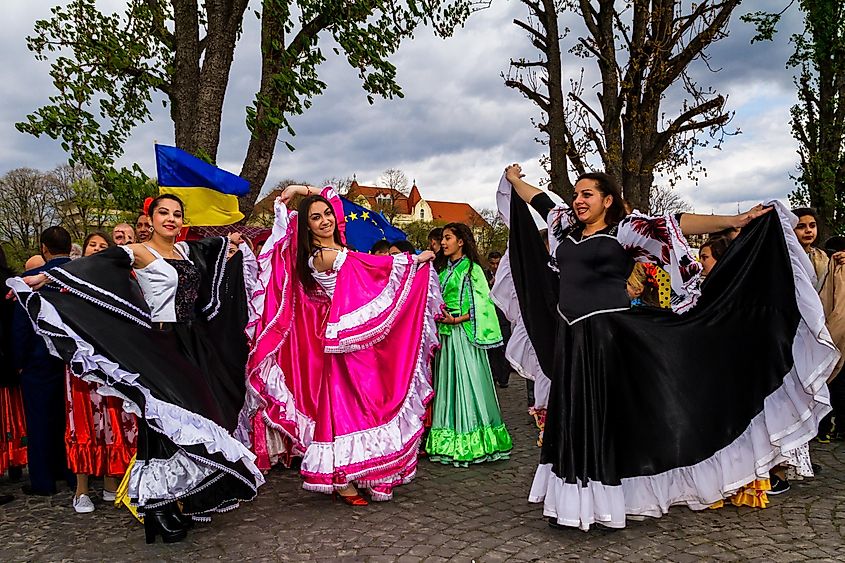
In terms of Romani people within the Americas, one of the earliest possible accounts was in 1498, when Romani people were said to have been brought to the Americas by Christopher Columbus on his third voyage. The migration or deportation of Roma to the Americas generally started in the 16th Century. After 1492, Spain was highly focused on eliminating its Romani population. Spain started deporting Romani people as indentured servants to its colonies in North and South America, with Portugal and France following suit. Portugal deported many Romani to Brazil, while Napoleon deported Romani to Louisiana before being sold to the US in 1803.
The deportation of the Romani to Louisiana actually resulted in a unique community known as the Afro-Roma when the enslaved Roma would intermix with local enslaved African-American people. However, many of these communities are now fully integrated and intermixed into the general African-American Louisiana population. Another large American community of Romani is in Texas, amounting to approximately 20,000+ people, the main subgroups being Kalderasha and the Machwaya, who have been residing here for about a century. The largest communities live in Southern California, the Pacific Northwest, Florida, Texas, Louisiana, and the American Northeast, and also in the cities such as Chicago and St. Louis. Moreover, a substantial Romani population is found in Miami, Las Vegas, and Los Angeles.
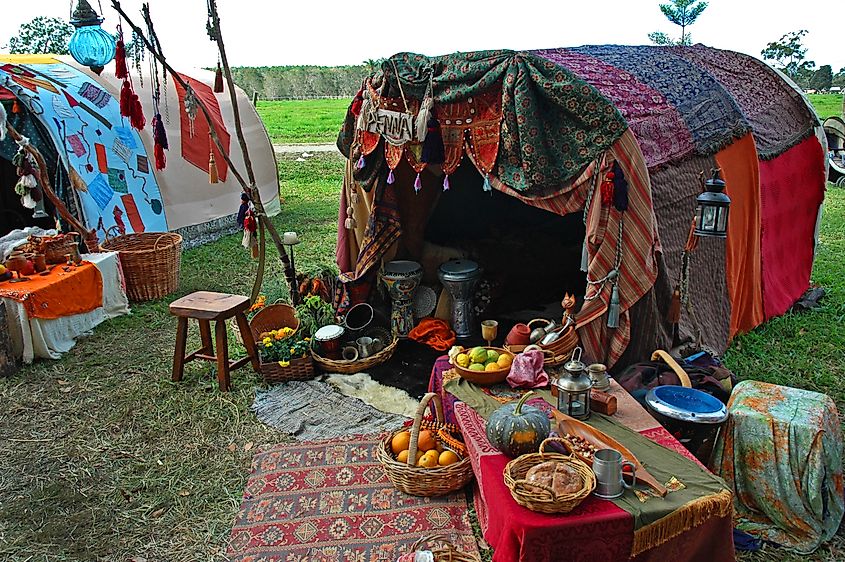
Romani people in Latin America are generally referred to as Gitano, although also considered to be derogatory. There are approximately 800,000-1,000,000 Roma in Brazil, most coming through deportation by Portugal in the 1600s or immigration in the 1800s and 1900s. Other North and South American countries with sizeable Roma communities are Argentina with 300,000, between 15,000-20,000 in Chile, 16,000 in Mexico, 5,000 each in Ecuador and Uruguay, and 8,000 in Colombia (where in 2005, for the first time, Romani people were included in the census).
The Diversity Of Roma
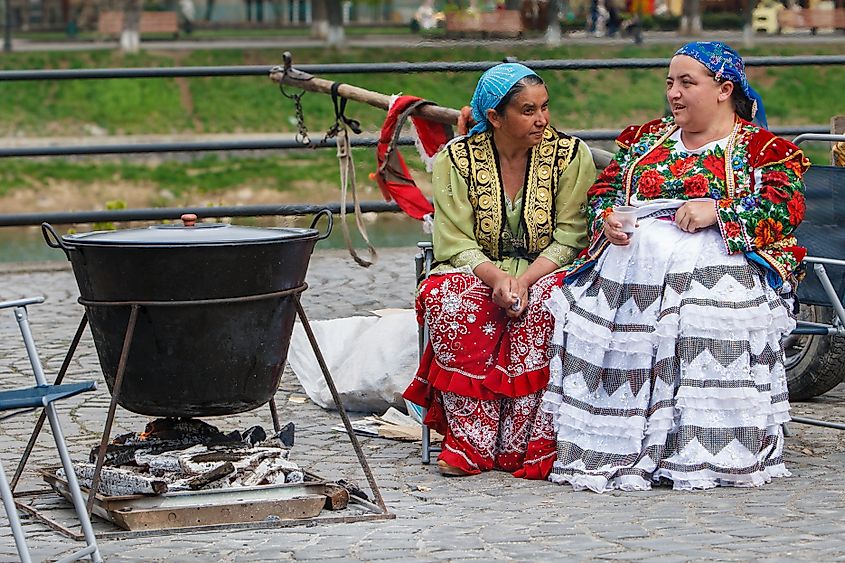
There are generally considered to be five main groups of Roma, with those five groups having subgroups, all with different cultures, languages, and dialects. It is to be noted that there can be multiple kinds of Roma subgroups within the same country, depending on the region. The main groups are Roma (chiefly in south-eastern Europe), Romanichals or Romaniche (England, North America, and Australia), Sinti (Germany, Italy, and France), Calé/Kale ( Finland, Wales, Spain, Portugal, Brazil, Algeria, and Iraq), and Gitano (Spain).
The Struggle Of Roma
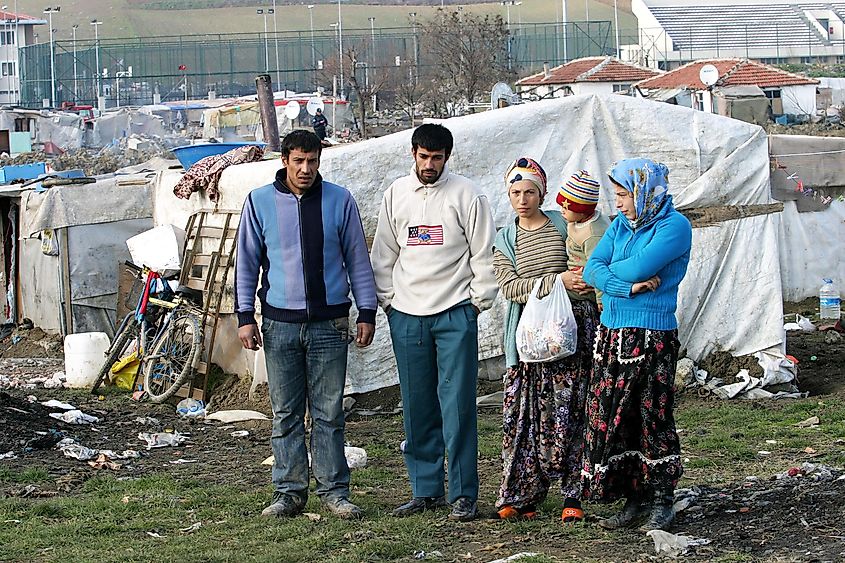
Unfortunately, the Romani people have been victims of extreme persecution in basically every region they have settled in and gained their image as nomads from constantly having to move from region to region to avoid persecution. Their stereotype as fortune tellers and thieves came from being outcasted from white European society and forced to turn to craft, trade, and entertainment to survive.
The Romani are underrepresented, ignored, and mistreated despite being a resilient, strong group of people whose women have been sexualized and men branded as thieves after enduring slavery and persecution and 500,000+ of their people being murdered in the Holocaust/Porajmos. Yet, the Romani strive on and, despite being underrepresented, have had their people become doctors, lawyers, entertainers, and politicians across the diaspora.











